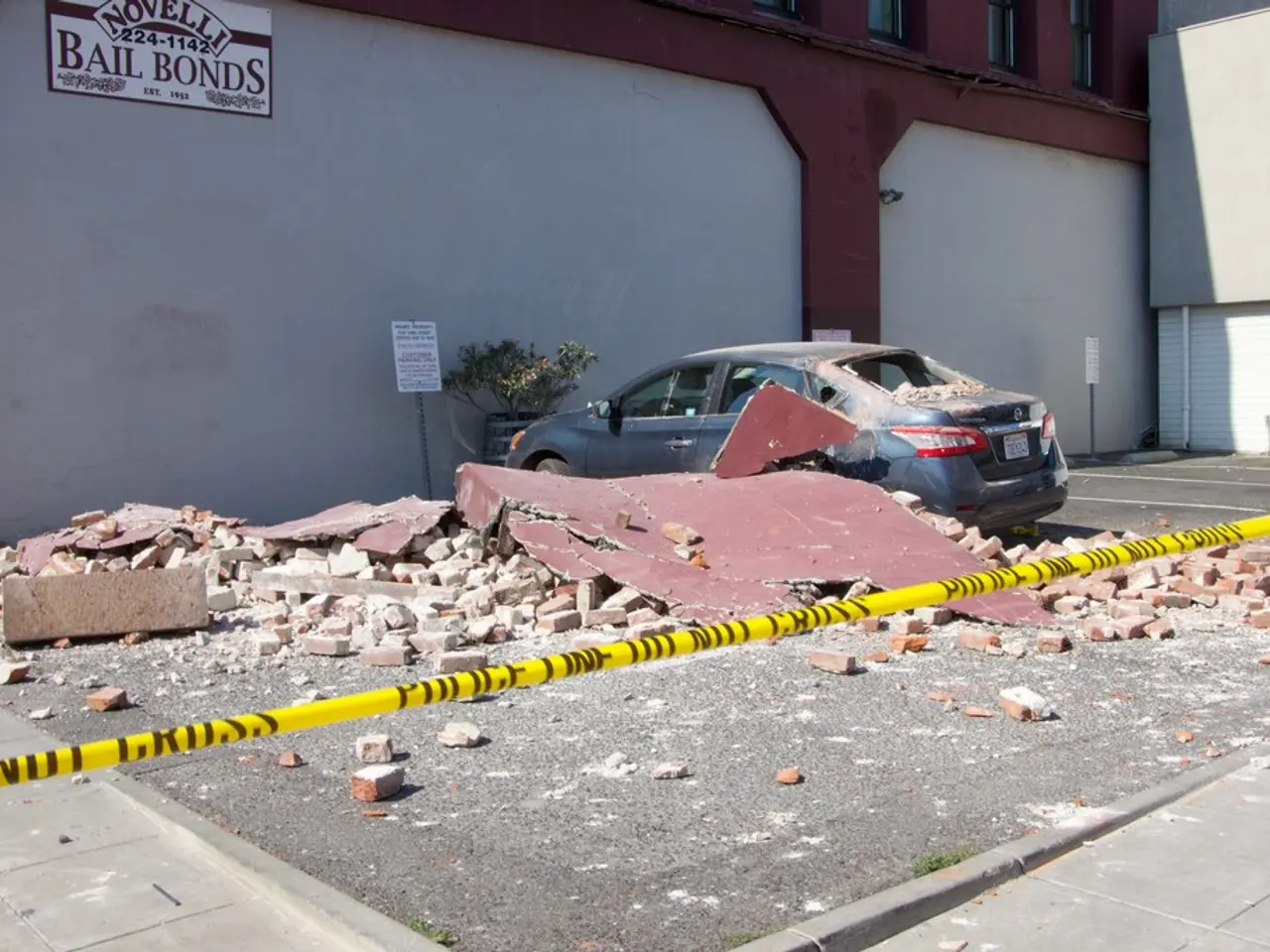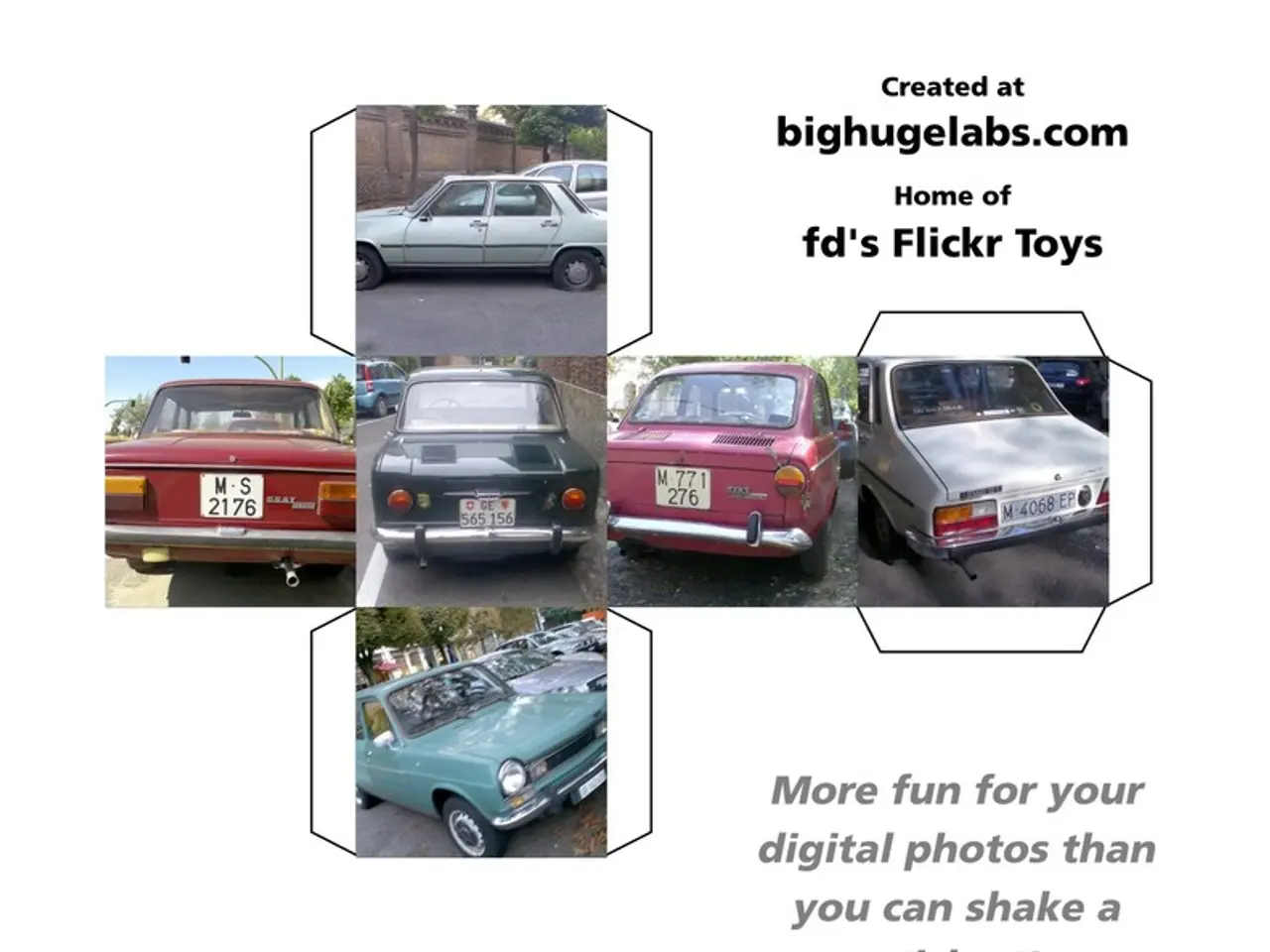Federal Agency Grants Approval for National Electric Highways
Germany's energy policy is at a crossroads as it grapples with the advantages and disadvantages of underground cables versus overhead lines for power grid expansion. The debate, centering mainly on cost, public acceptance, technical complexity, and reliability, has been ongoing for some time.
In the realm of cost, underground cables emerge as significantly more expensive. Project costs for underground cables can be up to 4 to 4.5 times higher, as exemplified in the Suedlink project. This increased cost is ultimately borne by electricity consumers. On the other hand, overhead lines are considered the most economical method for large-scale power transmission.
Public acceptance is another crucial factor. Underground cables enjoy better local acceptance, helping to manage public protests and visual impact concerns. In contrast, overhead lines have historically faced opposition due to their visual intrusion and potential land use issues, as evidenced by the Suedlink protests.
Technical complexity and maintenance are also significant considerations. Underground cables require more technically complex installation and maintenance, necessitating advanced diagnostics and a skilled workforce. Repairs are more challenging and costly compared to overhead lines. In contrast, overhead lines are easier to inspect optically and maintain, with structures providing good cooling and resilience.
Reliability and resilience are key aspects in the debate. Underground cables offer protection from weather-related outages, making them beneficial in urban or ecologically sensitive areas. However, overhead lines, while more exposed to environmental factors, maintain reliability through robust tower/pole designs. The risk of outages due to storms or accidents exists, but the overall resilience is not compromised.
Installation and environmental impact are also points of contention. Underground cable installation can be complex and disruptive, but newer trenchless technologies reduce the environmental footprint, making them favored in congested urban and sensitive areas. Overhead lines require land for towers and corridors, which may affect land use, although they are less disruptive during installation.
Germany's current energy policy is shifting to prioritize overhead lines for cost-effectiveness and faster deployment. However, underground cables are still favored for major "electricity highways" to reduce acceptance issues. The South-East Link, a high-voltage direct current connection with 525 kV, will be realized completely as underground cables, transporting up to 4 GW of power from the wind-rich north and east of Germany to the south via this route by 2027.
The acceleration of power grid expansion in Germany is visible, with all four major power highways in Germany expected to be fully permitted by 2025. This rapid expansion is a testament to Germany's commitment to renewable energy and climate protection. However, it also raises questions about public participation in decision-making processes and ensuring associations access to courts in environmental matters, as Germany considers renegotiating the Aarhus Convention.
In conclusion, while underground cables offer advantages such as improved public acceptance and protection from weather-related outages, they involve much higher costs and more complex maintenance. Overhead lines remain the most cost-effective and easier to maintain option but can provoke public opposition due to visual and environmental concerns. As Germany navigates this complex debate, striking a balance between cost, public acceptance, technical complexity, and reliability will be key to successful power grid expansion.
[1] Source: Bundesnetzagentur (Federal Network Agency) [2] Source: Deutsche Energie-Agentur (dena) [3] Source: Agora Energiewende [4] Source: Bayerischer Landtag (Bavarian Parliament)
- Despite the higher costs and complex maintenance associated with underground cables, they are favored over overhead lines in certain instances, such as major "electricity highways" to address public acceptance issues.
- In the realm of financial aspects, overhead lines, as the most economical method for large-scale power transmission, may attract less scrutiny as compared to underground cables, which are significantly more expensive.




